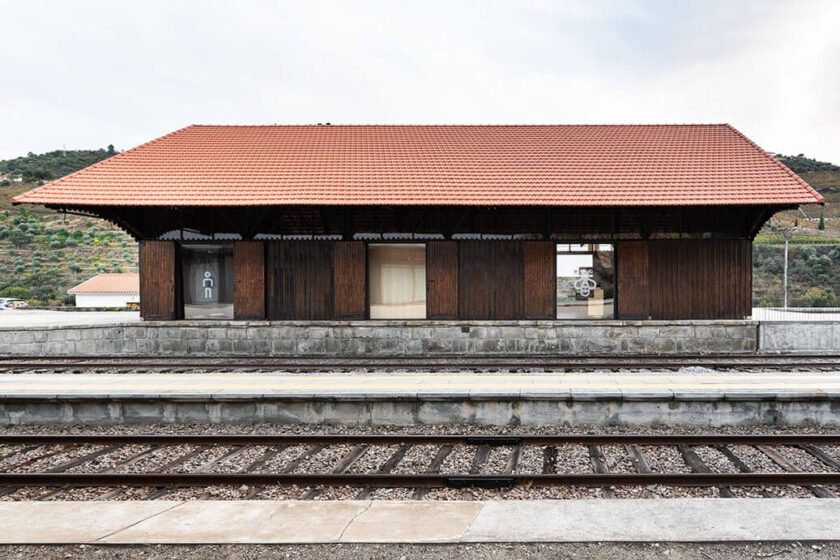
Breakout Session | Railway buildings out of service in Portugal: rehabilitation and new uses
Following the closure of several railway lines over the last 40 years, railway buildings and around a hundred stations were closed, which led to their degradation and abandonment. These are historic buildings that, over the decades, have been fundamental to the urban and social development of cities, towns, and other places in Portugal.
In recent years, it has been possible to develop programmes and projects for the rehabilitation of historic buildings, with the aim of preserving the memory of the railway heritage. This cooperation has been strengthened through partnerships with municipalities, entrepreneurs, academia, and various entities.
The main concept that we try to develop with our partners in rehabilitation projects is based on the premise, as far as possible, of maintaining the building’s structural integrity, preferably preserving its volumetric and functional configurations, adapted to new uses and functions, while recovering and rehabilitating the existing structural aspects and finishes, to ensure the historical continuity of the stations, covered platforms, and other railway buildings.
The aim of this session is to encourage a conversation on the subject, seeking to compare what is being done in other countries. The intention is to present photographs and drawings of some examples of the work that has been carried out in the constructive and functional rehabilitation of railway buildings in Portugal.
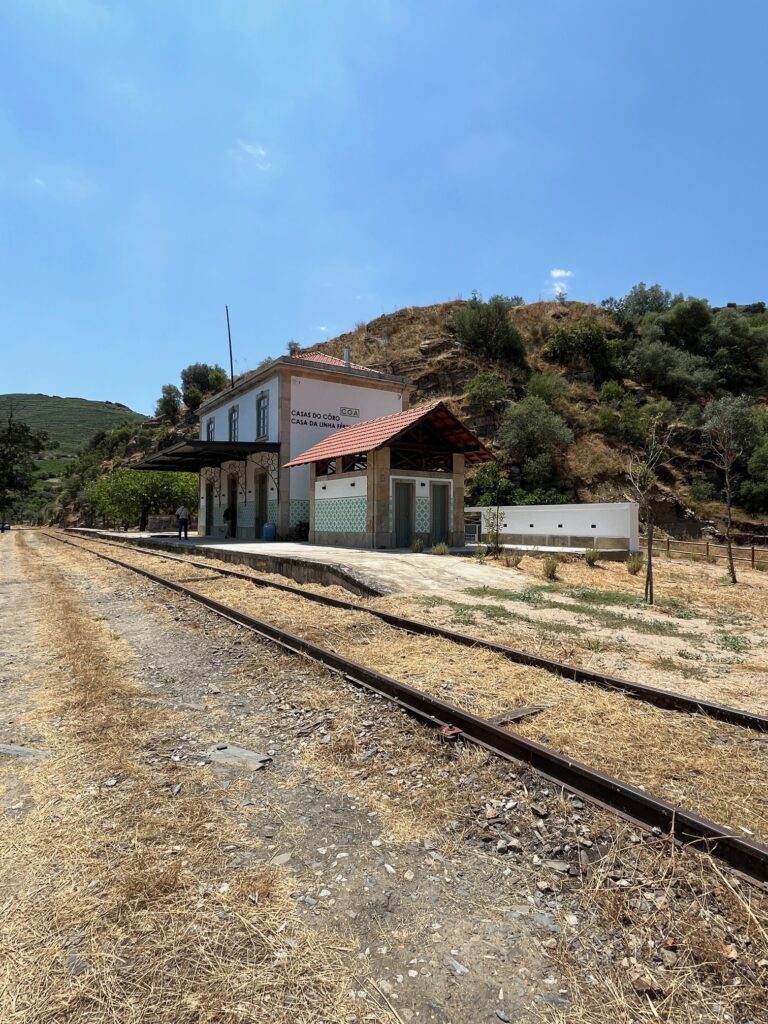
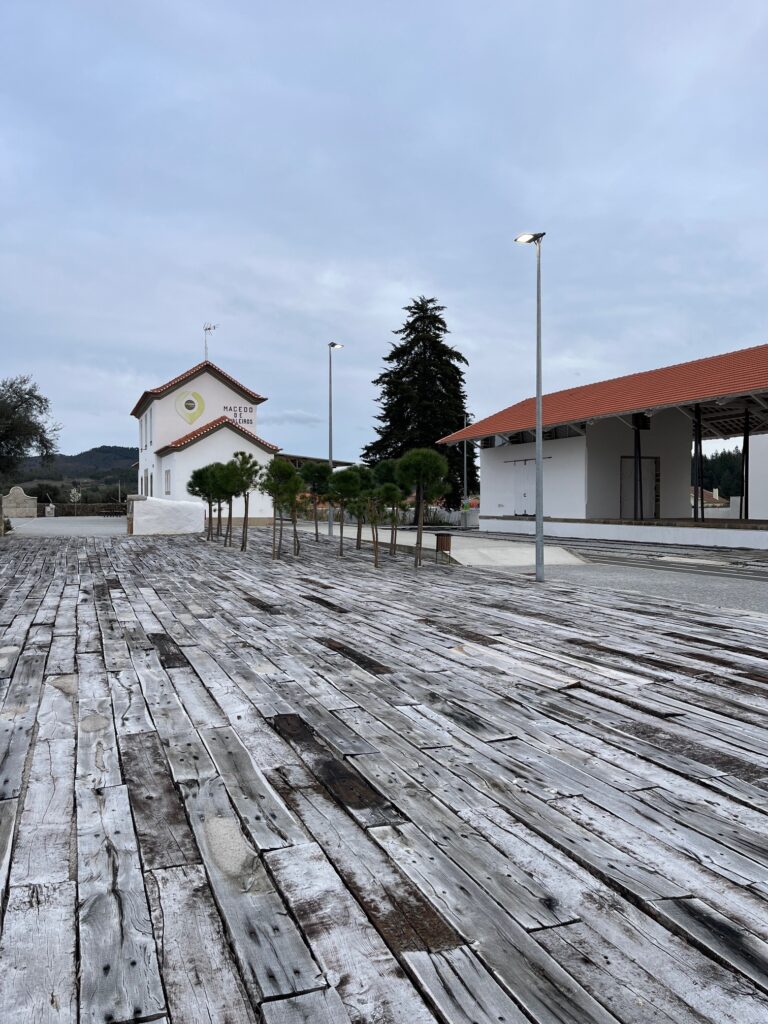
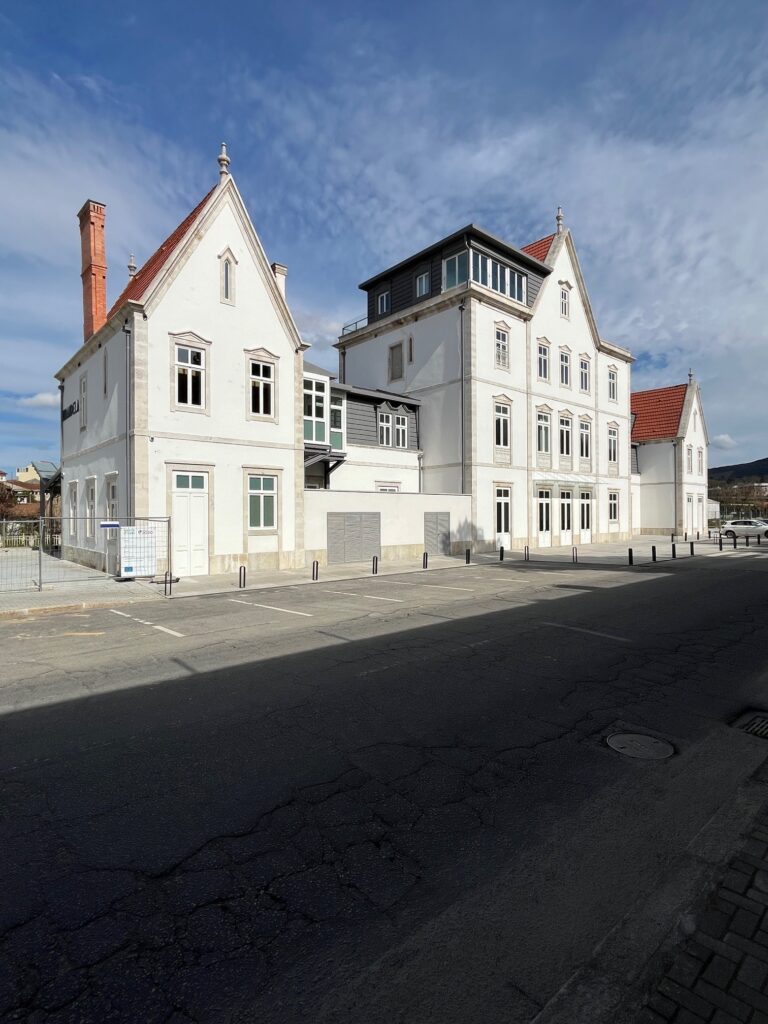
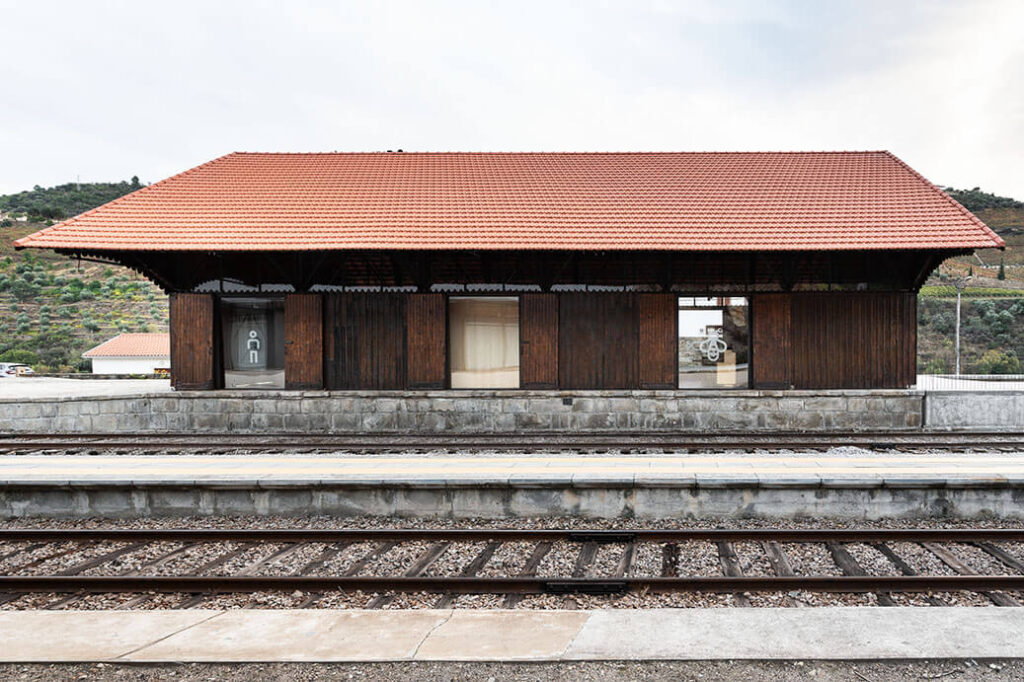
About the session leader
António Borges is a Portuguese architect with a degree from the Faculdade de Arquitectura do Porto and a master’s in Regional and Urban Planning from the Universidade Técnica de Lisboa. Since the 1990s he has worked at Infraestruturas de Portugal/IP Património and its predecessor companies. He became a General Member of INTBAU after attending the 2018 World Congress Everything Old is New Again.
Further information: Início | Infraestruturas de Portugal & Início | IP Patrimonio